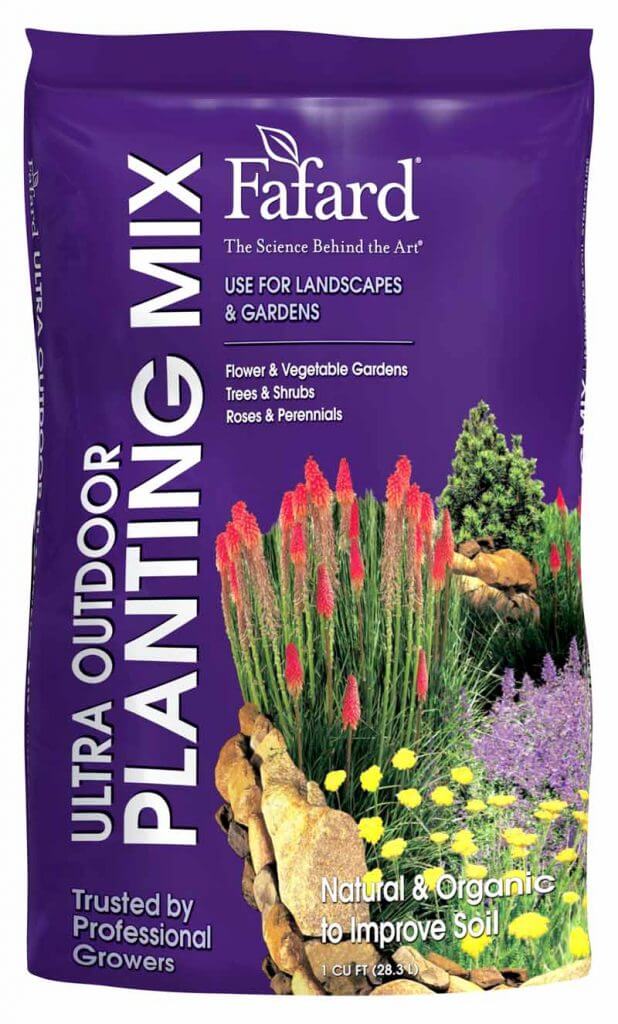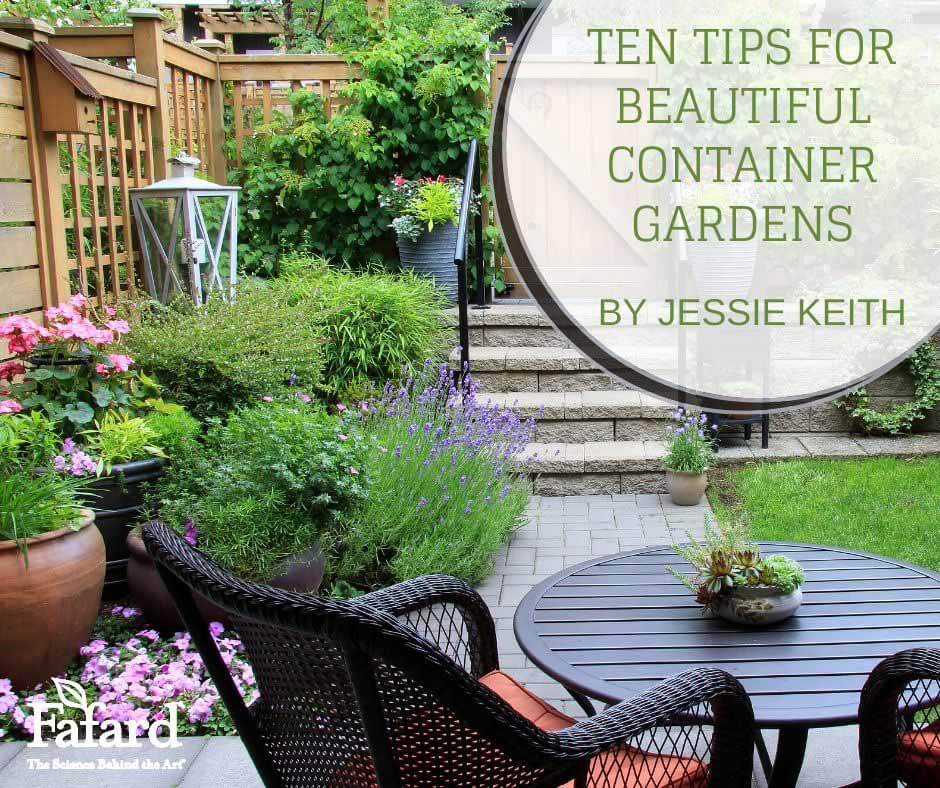
You have purchased your pot, invested in potting soil, planted up your plants, and your container garden is well underway. In the cool of late spring, as container plants are rooting in, there are few stresses to disrupt your plantings. But, as plants grow and the summer heat ramps up, lots can go wrong. Here are tips for getting it all right.
The first half of successful container planting starts in the planning stages, by choosing the right pots, plants, soil, and fertilizer. The second half is knowing what to do to keep your container gardens looking great. Here are our top ten tips for container care from start to finish.
Pre-Planting Container Garden Tips
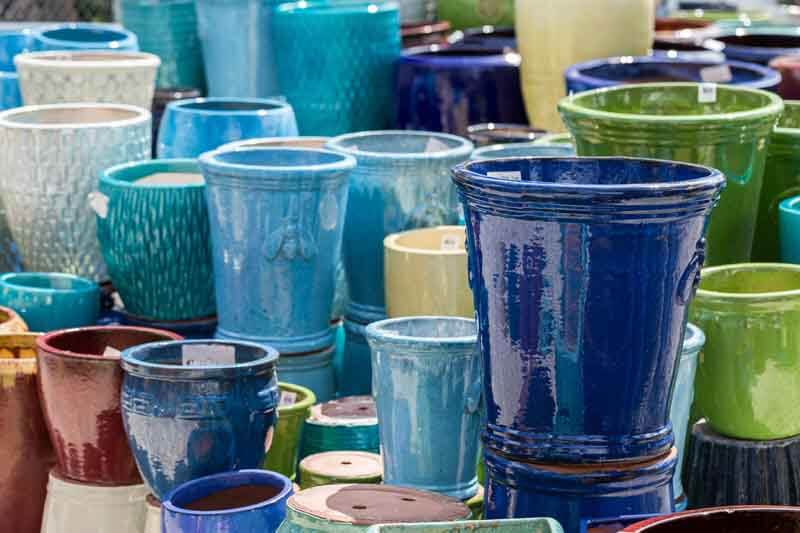
- Choose the right pot – Large containers made of the right materials helps plants grow more happily through summer. Big pots hold more water, provide more root space, and remain cooler to encourage good growth through the hottest summer days. Pots made of water-impermeable materials, such as stone, glazed ceramic, plastic, or resin, hold water better. TerraCotta and porous cement pots wick water away from roots because they are porous, so they are better suited to drought-tolerant plants or succulents. Containers that are light in color are better for sunny plantings because they reflect the heat of the sun. Pots must drain well and have a saucer, internal reservoir, or basin to capture excess water. Those with a self-watering base must have an overflow hole to protect against the possibility of overwatering.
- 2. Choose the right soil – Great potting soil must hold water well, drain well, and have a neutral pH. When you buy a bag of potting soil, it should be loose and lightweight. If it is heavy, do not purchase it. Weight means it has been torn, improperly stored, and taken up water. For large, outdoor ornamental containers we recommend Fafard Ultra Outdoor Planting Mix, which is ideal for outdoor container gardens of all sizes. Fafard Natural & Organic Potting Mix is OMRI Listed for organic gardening and the best choice for potted edibles. Fafard Ultra Potting Mix with Extended Feed is just right for gardeners that like potting soils with added fertilizer. Cacti, succulents, and other low-water plants require a specialty mix, such as Black Gold Cactus Mix, or you can add perlite to increase the drainage of an all-purpose potting soil. (Click here to learn how to create mini potted cacti and succulent gardens.)
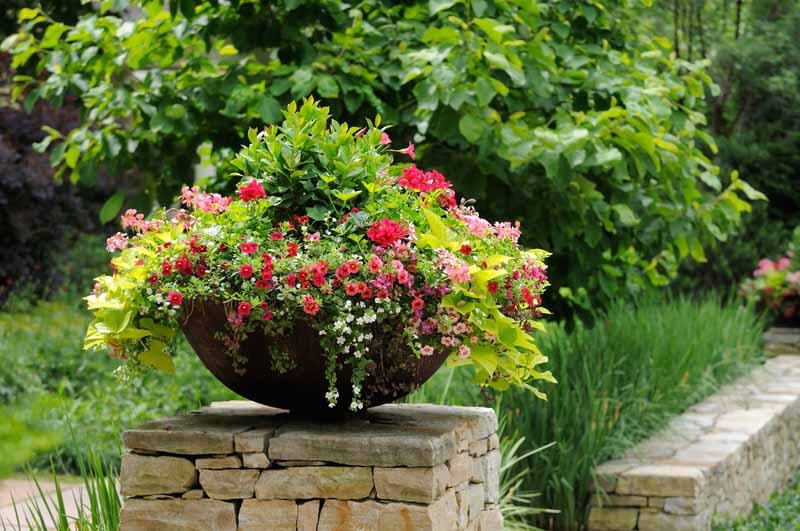
- 3. Choose the right plants and numbers. Will you place your containers on a sunny patio or window box, shaded porch, or bright, windy veranda? Is your summer climate hot and dry or mild and cool? The plants you choose must grow well in their destined location and in your local climate. Gardeners planting for sun must choose heat and drought-tolerant plants (click here for a list of Waterwise container plants), while shade-loving plants such as Begonia, Browallia, Impatiens, Torenia, and ferns are good choices for pots in partial to full shade (click here to learn more about growing Torenia). Consider the final size of each plant when designing containers, and do not overstuff the pots. Crowded plants compete for space, light, water, and nutrients, which causes them stress. Before planting, read about your plant’s needs and space them properly to ensure their best performance.
- 4. Choose the right fertilizer. Gardeners with little time should choose an all-purpose slow- or continuous-release fertilizer to apply at planting time. Vegetable and fruit containers should be fed with plant food specially formulated for edibles. Water-soluble plant food can give plants an extra boost to encourage renewed growth and flowering midseason–particularly after plants have been trimmed and deadheaded.
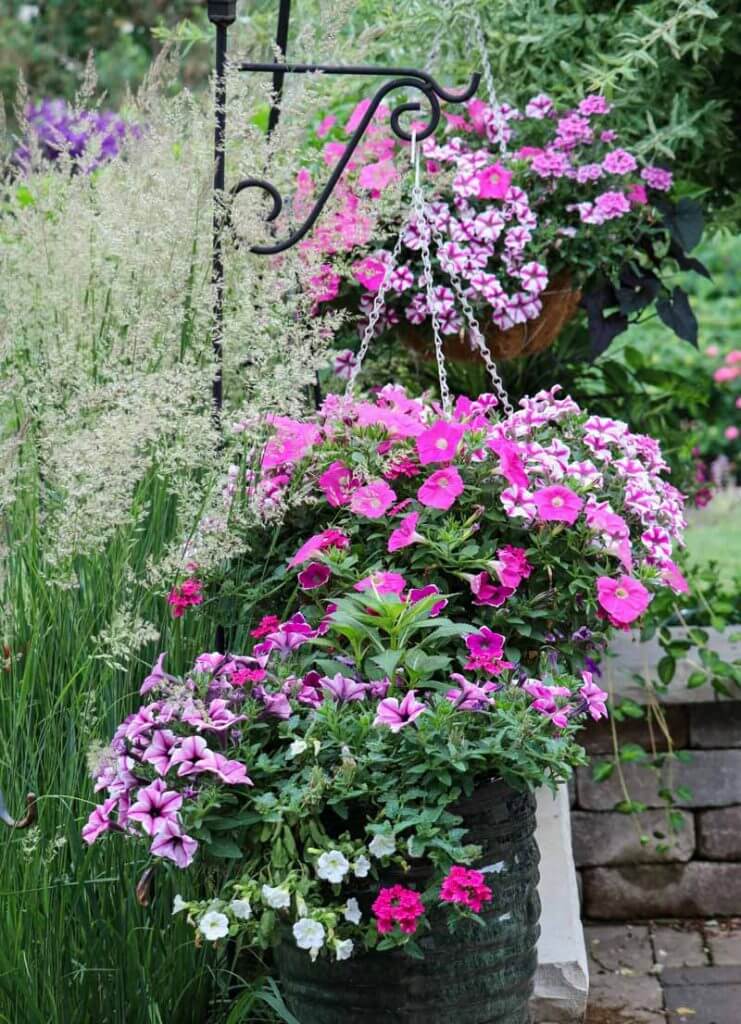
- 5. Know when to plant – Spring containers must only contain frost-tolerant flowers, such as pansies, spring bulbs, and alyssum (click here to learn more about spring annuals for containers). Summer containers must be planted after the threat of frost has passed (click here to determine your last frost date). Summer containers can be livened up for fall with the addition of a few fresh pansies, ornamental peppers, or chrysanthemums.
Post-Planting Container Garden Tips

- 6. Know when and how to water. Good watering technique is all about common sense. Most garden flowers like lightly moist soil. If the soil is too wet for too long root rot will occur. If it’s too dry for too long plants will begin to wilt and die. When conditions are sunny, dry, hot, and breezy, plants use and lose more water (drawn up through their roots and lost through their leaves) and need more water. Likewise, when it has been rainy, cool, and still the need for water is reduced. Feel the soil before you water to determine if more is needed. If it is needed, irrigate until it flows from the bottom of the pot to ensure all the roots get moist.
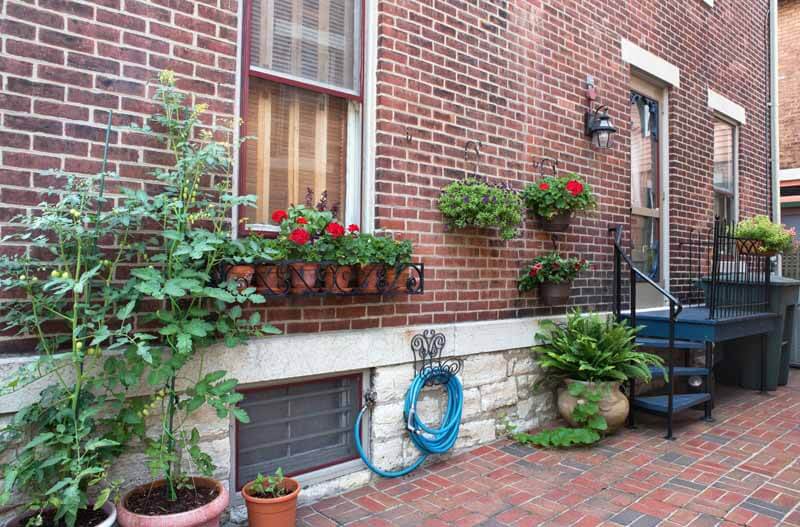
- 7. Know when to fertilize. Slow- or continuous-release fertilizer formulated for flowers makes feeding easy because applications are needed every few months, depending on the product. Apply at planting time and then as directed. Water-soluble fertilizer will encourage further flowering and growth during the height of summer. Containers also need a boost of water-soluble food after they have been trimmed back in mid- to late-summer. Proven Winners offers both a premium continuous-release and water-soluble fertilizer that we recommend for flower-filled containers.

- 8. Know if and when to prune and deadhead plants. To maintain any plant properly, read about its care. Some flowering plants are self-cleaning, such as sweet alyssum, Supertunia petunias, and Profusion Zinnias, while others, such as old-fashioned petunias and dahlias, need to have their old blooms removed to make way for new. Old-fashioned petunias, calibrachoa, and verbenas can become leggy, less productive, or overtake the pot as the summer wanes. Cutting the old stems back can rejuvenate growth and flowering for fall.

- 9. Know if and when to replace seasonal flowers. The pansies and stocks of spring often die back in the heat of summer and need replacement with warm-season summer flowers. Summer annuals that begin to look tired by early fall, like marigolds or traditional petunias, should also be replaced with seasonal pansies, peppers, or ornamental kale to keep containers looking great. (Click here to learn more about container gardening with ornamental peppers.) Don’t be afraid to replace struggling annuals when they start to visually bring a container down.
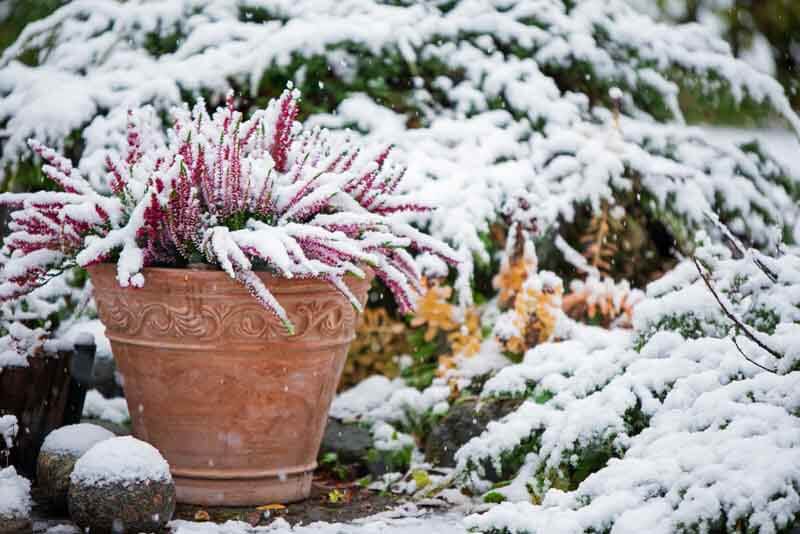
- 10. Know how to overwinter pots. Be sure you choose the right pots if you want to overwinter containers outdoors (click here to read about overwintering containers). If your pots contain small shrubs or perennials, place them in a protected spot. Seasonal containers can be placed in a garage, basement, or under a dry porch where they will not become damaged by the freezing and thawing of winter.
Once you have the basics down, monitor your containers, protect them from pests and diseases, give them good care, and they will reward you with season-long beauty.


